CD Projekt Red understood that many new players would be joining in for the first time upon The Witcher 3’s release. To allow newcomers to experience the overarching decisions and consequences of the previous titles, it created a simulation that plays out during the initial part of Wild Hunt. Those who did import their saves from Assassins of Kings skipped this segment. The vast majority didn’t and had to make a choice.
With a blade under his throat, Geralt is interrogated in Vizima on the events unfolding during The Witcher 2. While you should definitely immerse yourself in roleplaying as Geralt and choosing what he would, some choices are objectively better than others based on their outcomes. It can be difficult to determine good from evil in the dark fantasy world of The Witcher, but if Geralt manages, so can we.
Warning: spoilers for all parts of Witcher 3 ahead.
Table of contents
Best Witcher 3 interrogation answers
Question 1: Aryan La Velette
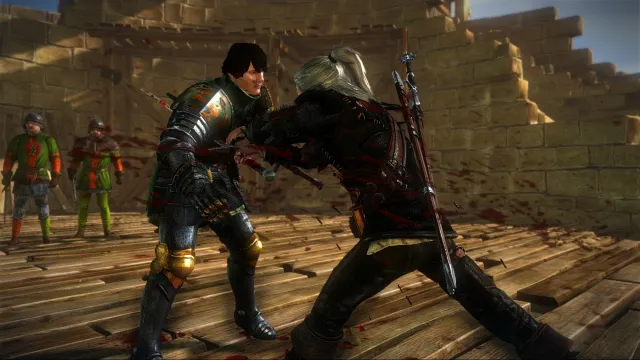
The opening of The Witcher 2 features a siege ordered by King Foltest. Geralt encounters Aryan La Valette, the enemy commander, and has the option to either kill or spare him.
Killed vs. Spared
Killing Aryan La Velette has some drastic consequences that come into play during the Broken Flowers main quest. In his search for Dandelion, Geralt reaches the Vegelbud Estate, where he encounters Mary Louisa, Aryan’s mother. She immediately calls Geralt a murderer and refuses to go to the races. Even so, Geralt gets there and encounters Molly, who is now a noblewoman herself.
On the other hand, if Aryan is alive, Molly remains a housemaid, and Aryan’s mother agrees to go with Geralt to the races.
The best answer to go for here is the first one. Why? It adds a dramatic weight to the questline and doesn’t change the difficulty at all. It also makes more sense—Aryan was the commander of the enemy’s forces, and Geralt was highly loyal to Foltest and would probably do the same without your interference.
Question 2: Geralt’s escape from Flotsam
The first chapter of The Witcher 2 places Geralt in Flotsam, where he rescues his well-known pals, Dandelion and Zoltan Chivay. As the events unfold, Geralt can side with either Vernon Roche, commander of the Temerian “Blue Stripes,” who holds Geralt innocent of Foltest’s murder, or Iorveth, leader of the elven renegades Scoia’Tael.
Siding with Roche vs. Iorveth
This choice affects a sidequest associated with Vernon Roche that can unfold regardless of the decision made. However, if one picks the Iorveth path, Vernon Roche will forbid Geralt from entering his Partisan Hideout, making Geralt find another way inside.
Naturally, Roche would have a positive outlook on Geralt if he sided with him in the first place and let him in—no questions asked. As it has a more positive effect on gameplay, siding with Vernon Roche is the preferable solution. It’s also more in line with the lore of Geralt.
Question 3: Who did Geralt save? (Depends on question 2)
This question’s choices are entirely based on what you chose in the previous interaction, as both decisions have separate questlines in The Witcher 2.
Roche Path: Triss vs. Anais
If you escaped Flotsam alongside Vernon Roche, you had two options: to save Geralt’s lover, Triss Merigold, or to aid Roche in rescuing Anais, Foltest’s daughter. Triss Merigold is one of the most popular characters in the Witcher franchise, and choosing her has a direct consequence in Wild Hunt.
A mage named Carduin will appear in Oxenfurt and be available as a talkable NPC. However, if you decide to help Roche and rescue Anais, nothing happens. Carduin will not be available at Oxenfurt, or anywhere in the Northern Kingdoms for that matter, and it doesn’t have a general effect.
As a result, choosing to save Triss Merigold is the best option, providing you with extra flavor and content with Carduin in Oxenfurt.
Iorveth Path: Triss vs. Saskia
The Triss option here is precisely the same as with Vernon Roche and has the same consequences. If you decide to side with Iorveth and help him lift the spell from Saskia, a dragon disguised as a human, there will be no general consequences. In The Witcher 2, this decision leads to a massive witch hunt, during which Carduin supposedly dies, making him unavailable in The Witcher 3.
As both are generally the same option in different situations, we again believe that saving Triss Merigold is the better choice. Why sacrifice additional content?
Question 4: Sile de Tansarville
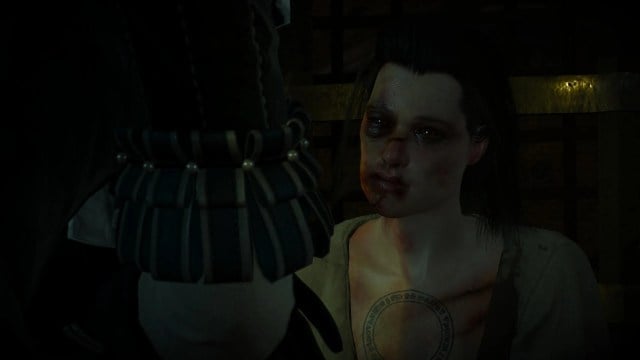
Sile de Tansarville was a powerful mage who played a significant role in the assassination of King Foltest and other rulers. To no one’s surprise, she was a wanted criminal and employed her Megascope as a means of traversal. At one point, she is discovered by Letho of Gulet, who tampered with her Megascope.
You are faced with the choice of saving her or leaving her Megascope alone, leading to her death.
Saving Sile vs. leaving her to die
If Geralt saves Sile, she reappears in The Witcher 3: Wild Hunt. However, the means of her appearance are—to put it lightly—unfavorable. She ends up a prisoner beneath Temple Isle, Redania’s zealots of Eternal Fire headquarters.
They lead a campaign against mages, and it’s no wonder such a powerful woman would be kept prisoner at a maximum security dungeon. As Yennefer can only teleport herself and one other person, Sile is forced to stay due to her weakness of body and spirit. Geralt can then choose to leave her to suffer or deal the merciful blow.
Leaving Sile to die in The Witcher 2 removes her from the following game entirely. This is the worst of the two options because it removes a fantastic, dramatic moment in which Geralt is juxtaposed between his sense of honor and disdain for Sile. It’s one of the game’s best moments, and so you should pick option one—saving Sile.
Final question: Letho of Gulet
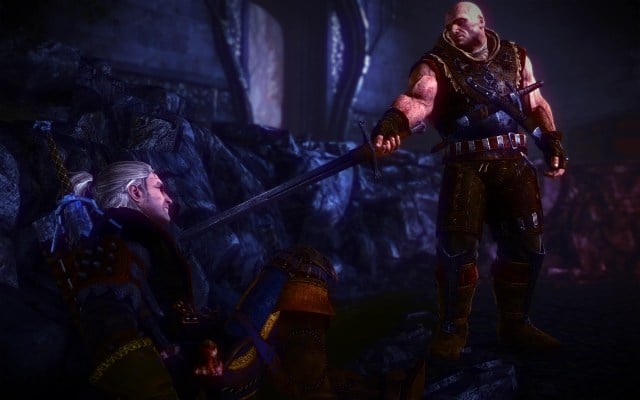
Letho of Gulet was the titular “Assassin of Kings” and played the primary role in the many regicides. When Geralt encounters him in The Witcher 2, he can either kill him or let him escape. Once again, this is one of the best character moments for Geralt, where he stands at the crossroads of loyalty to Foltest or to Witchers.
Killing Letho vs. setting him free
Killing Letho is the most straightforward consequence. Geralt ends the mastermind of kingslaying. This results in his complete absence from The Witcher 3, which is a horrible outcome. Letho is a loaded, deep, and mysterious character. The best option is to save him.
Saving him causes him to reappear during one of the many contracts Geralt takes on in The Wild Hunt. While investigating a haunted mansion, Geralt notices traps and meticulous witcher-like planning and discovers Letho hiding nearby. You can then go down a fantastic questline with Letho—Ghosts of the Past—and experience the true side of his character.
In the end, Geralt can send Letho to Kaer’Morhen, where he’ll be available as an NPC and much-needed help during the Wild Hunt’s siege.


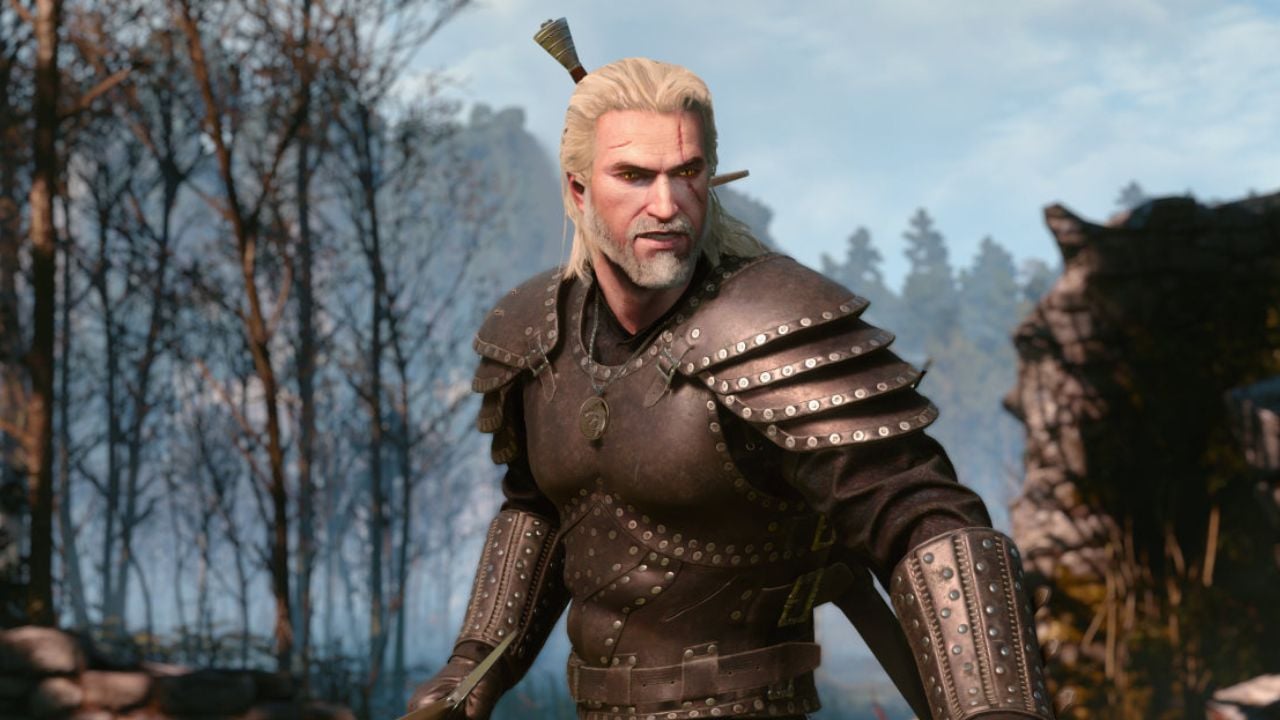

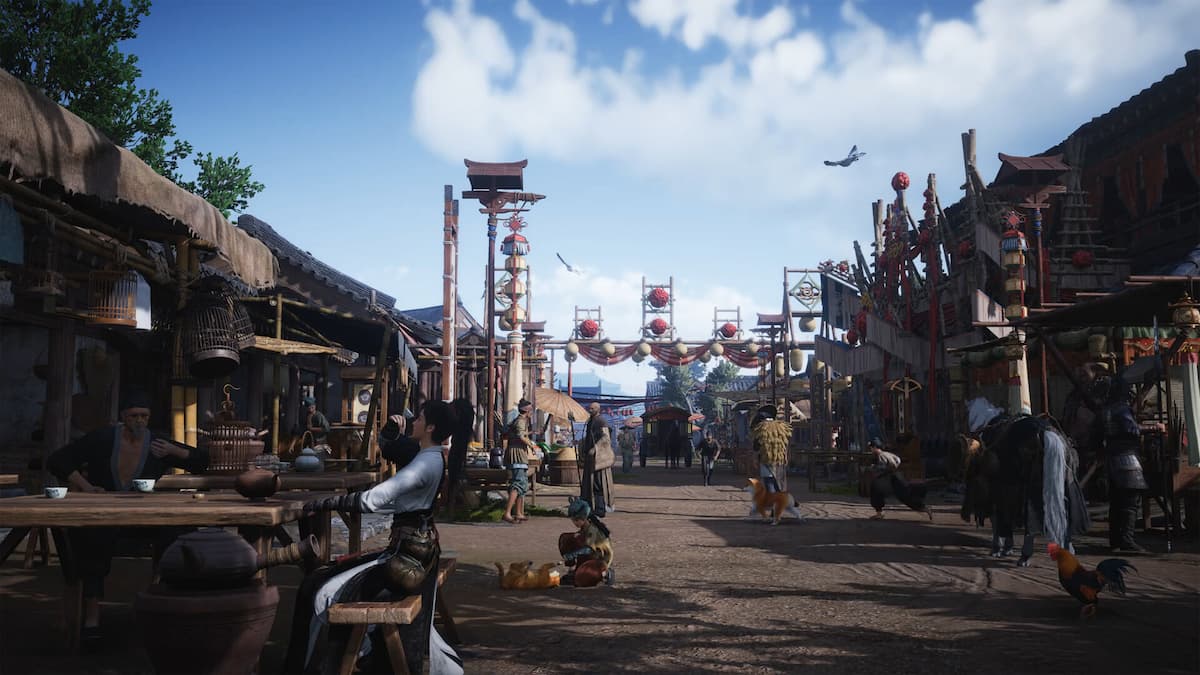
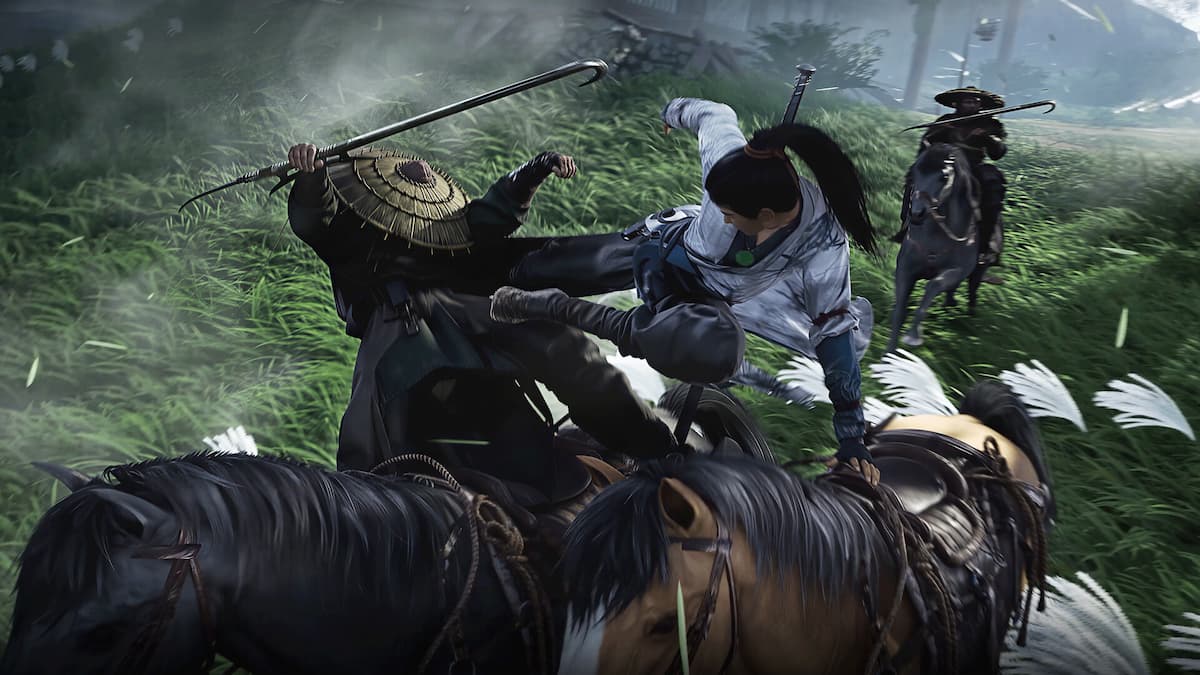





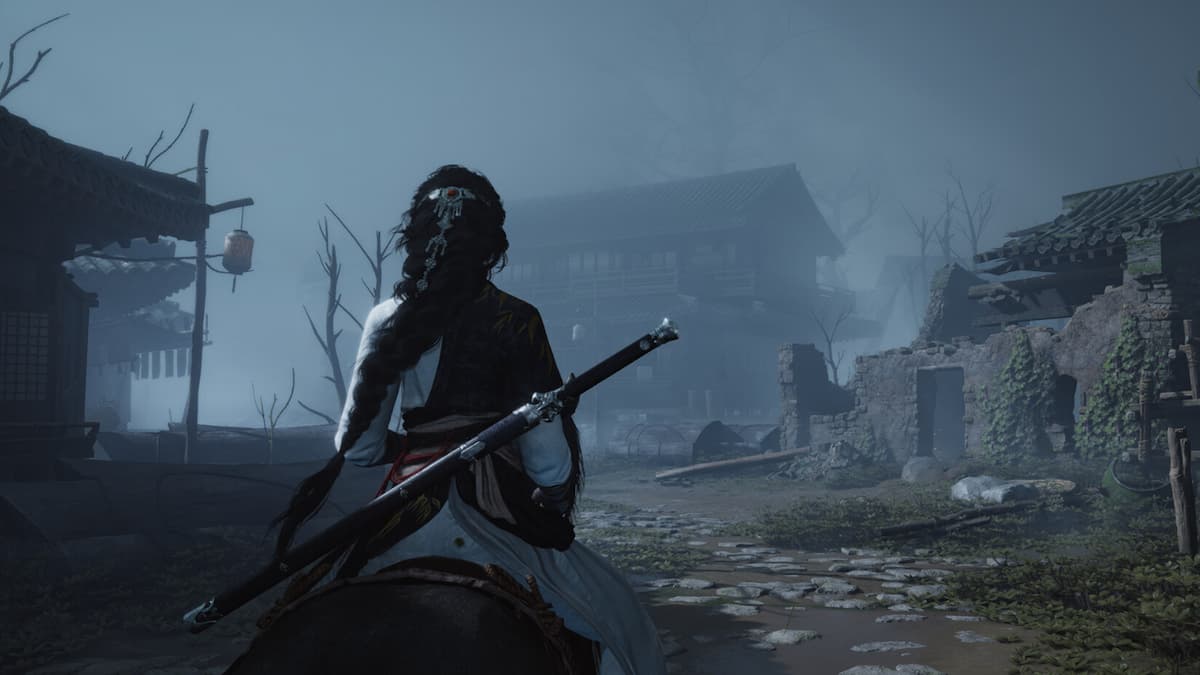

Published: Aug 20, 2025 08:30 am